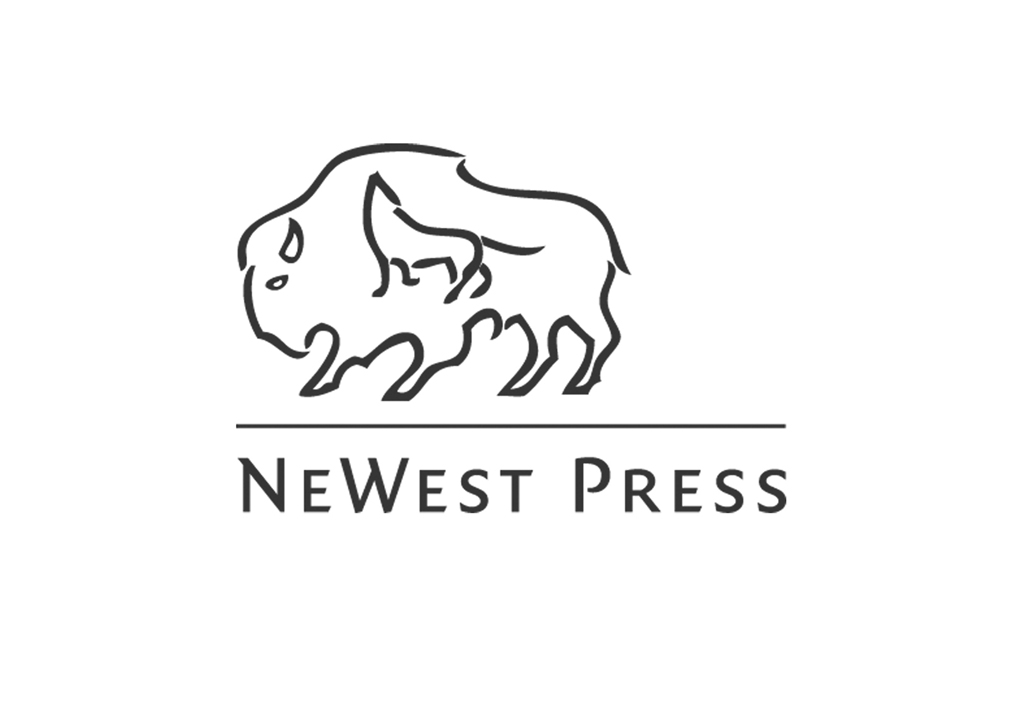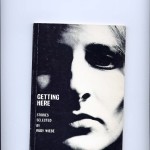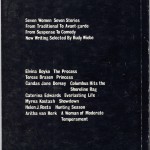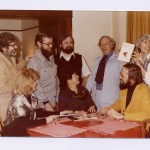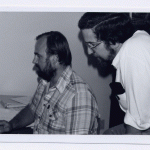NeWest Press may no longer be new—it will soon commemorate its 40th anniversary—but when it began in 1977, it was a pioneer in regional publishing in Western Canada. Although much has changed at the press and in the publishing industry since then, NeWest has also stayed true to its roots.
The Party
As often happens, the conversation that sparked the idea for NeWest Press began at a casual gathering of like-minded people. In March 1977, a group that included writers and academics from the University of Alberta attended an Edmonton house party. Diane Bessai was the host; Rudy Wiebe, Henry Kreisel, Douglas Barbour and George Melnyk were among the guests. The evening’s conversation eventually led to a new publishing venture that’s still in business decades later.
Melnyk had founded NeWest Review, a monthly cultural journal with a Western Canadian focus, in 1975. Many at the party already contributed writing to the journal, and Melnyk and Kreisel had previously discussed the idea of publishing books, although funding was a major concern. When the subject came up that night, Wiebe suggested some talented writers in his graduate creative writing class could submit their work to create a short story anthology. Melnyk says that several guests loaned him $500 each to launch the project and the press.
In fall 1977, NeWest Press produced Getting Here as its first book. Edited by Wiebe, the anthology featured female authors, mostly from Edmonton. Some of these writers later achieved great publishing success, including Candas Jane Dorsey, Caterina Edwards, Myrna Kostash and Aritha van Herk. Today, the book is a collector’s item.
The press’s first full season, in 1978, consisted of four poetry titles and a play by Wiebe. Its ongoing publishing mandate includes poetry, drama, fiction and non-fiction.
The Publishing Climate
In the 1960s and 1970s, the Canadian publishing climate influenced the development of Western-based presses, including NeWest Press. Interest in Canadian literature was surging at a time of greater emphasis on preserving and promoting Canadian culture. At the same time, Toronto had long been the centre of the country’s publishing industry. Its focus on authors with a national audience and strong sales potential had left many talented authors elsewhere in the country struggling to get published.
Small independent regional publishers found and began to fill a niche in the market by publishing outstanding regional work to appeal to regional audiences. When Edmonton bookseller Mel Hurtig became the first major Alberta publisher in the late 1960s, Melnyk says that it “inspired other people to start book publishing in the city…. [and] Edmonton quickly became the focal point of Alberta book publishing.”
Douglas Barbour, current President of the NeWest Press Board, is one of the original $500 funders. He explains that at the party, “we were all kvetching about how difficult it was for new writers in the West to get published, especially with the publishers in Toronto seeing Canada as somehow ending near the borders of that city.” The challenge was especially difficult for new talent. Big names, such as Robert Kroetsch, could get published by the big firms, “but… many new writers were appearing on the scene, and many of them were not having the same results. The founders of NeWest wanted to serve this burgeoning cadre of new writers in the West.”
Melnyk explains that NeWest Press and NeWest Review became part of “a phenomenon known as ‘PrairieLit,’ a subsection of CanLit… considered a regionally distinct form of Canadian writing.”
The Non-Profit Approach
Since its inception, NeWest Press has been a non-profit press with an editorial board. The first board was composed of the people who contributed start-up money. At the time, Melnyk wrote in his personal diary why an editorial board was preferable. “I really think that it is a good idea that the Press represent a broad cultural explosion and not just one person.” The editorial board—somewhat unique in the industry—seeks out manuscripts, selects books for publication and publishes the chosen manuscripts.
The press was structured as non-profit because its goals weren’t commercial. Melnyk says, “When most of these small presses were launched in the 1970s they were driven by ideology and not financial rewards. People got involved because they wanted to see writers all over Canada express themselves and find an audience.” He also thinks that if the press had been for-profit, “I am not sure the editorial board would have been as keen on serving and supporting.” In 1982, Melnyk sold the press to the editorial board for $1.
True to Its Pioneering Roots
The publishing industry across Canada has changed dramatically since the 1970s, but NeWest Press has stayed true to its roots as a pioneer in regional publishing. Its editorial board still includes some of the founding members. Melnyk says, “This kind of loyalty is exceptional and shows how the vision of the Press remains appealing even after 40 years! The Press remains a non-profit, has published numerous award-winning authors, continues to be situated in Edmonton, and has had many outstanding writers as members of its board…. their collective genius has helped put Alberta writers on the literary map of Canada.”
Barbour is one of those loyal members who are still on the board. He explains that “although NeWest no longer sticks strictly to its original mandate to publish only Western Canadian writing, it still does so to a great degree, and its various series, like the Nunatuk First Fiction, the Writer-as-Critic and the Prairie Play [series], have long been recognized as specifically NeWest and important.”
Of the press’s value to the publishing industry then and now, Barbour says, “I think we have done pretty well; after all, here we are nearly 40 years on, still somehow managing to publish a full set of varied and eclectic books each year, and recognized by our peers in the industry as an important Albertan, Western Canadian publisher.”
Today, NeWest Press and other small regional publishers are vital to Canadian literature. Melnyk says, “Only because of the small press scene in Canada is there a thriving literary culture in the country.”
Pressing On
NeWest Press has survived in part because it has charted and stayed its own course. It weathered the early storms of finding funding and publishable manuscripts, and it’s forging ahead in the face of today’s challenges such as competition from new media and the disappearance of many independent bookstores. It will continue to adapt to industry change while maintaining its unique perspective and its relevance in Canadian publishing. As Barbour says, “By its very existence, [NeWest Press] takes a stand for the local and the regional voices that might otherwise not get a chance to be heard.”

